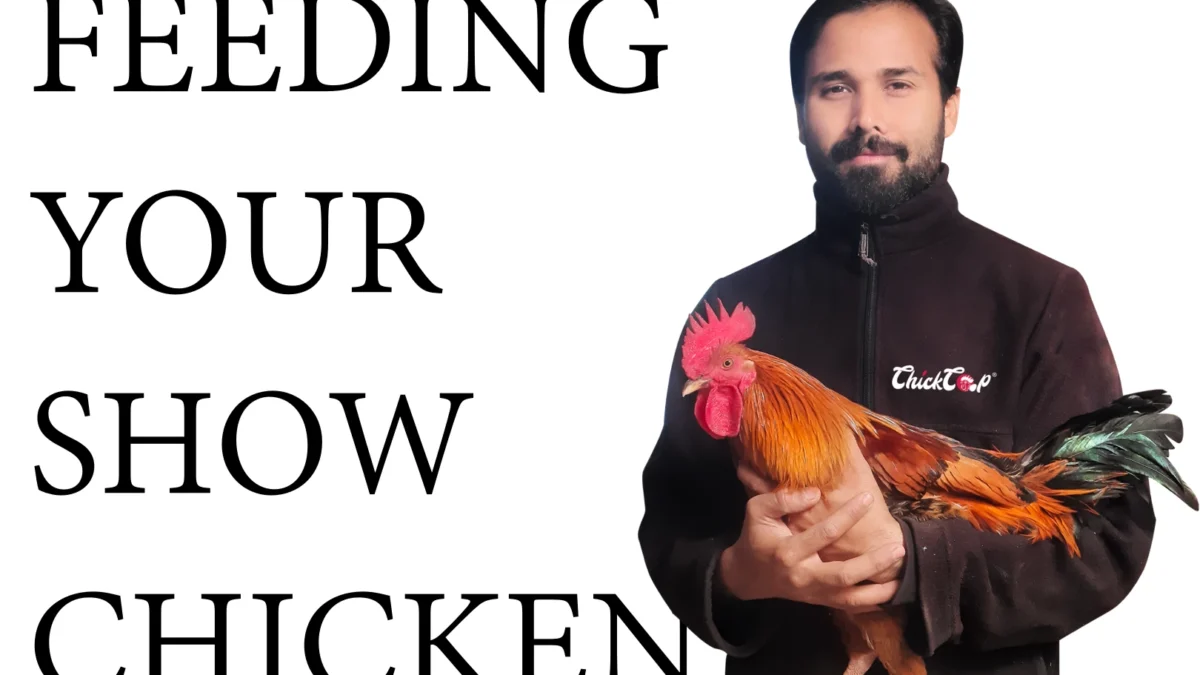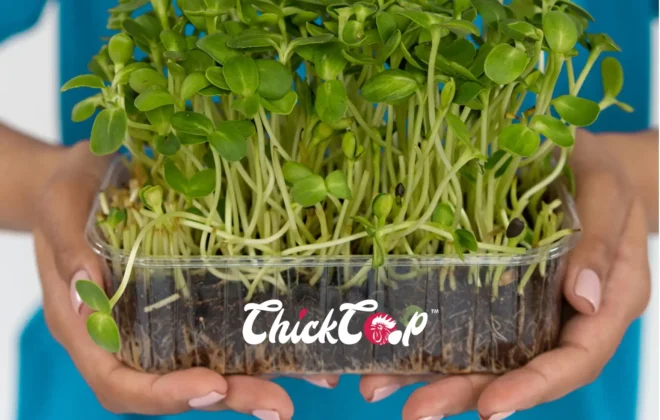
Know How to Feed Your Show Chicken
When it comes to poultry exhibitions, every detail counts. Judges don’t just look at the shape and stance of your birds—they pay close attention to feather quality, color vibrancy, body condition, and overall vitality. And while grooming, handling, and training play an important role, feeding is the foundation of success.
Experienced bird exhibitors know this well. They tailor feeding strategies to bring out the very best in their show birds, customizing diets based on breed-specific goals and the impact that different feeds have on feather color, texture, and sheen. If you’re serious about stepping into the winner’s circle, it’s time to go beyond standard poultry diets and embrace the art of feeding show chickens.
Start with a Strong Foundation: The Breeder Ration
At the core of any show chicken’s diet is a quality breeder ration. This provides the essential proteins, vitamins, and minerals birds need to maintain health, fertility, and feather growth. Think of it as the balanced base from which you can fine-tune the diet to achieve specific exhibition results.
A solid breeder ration ensures:
- Steady energy for conditioning and showing
- Protein for muscle tone and feather growth
- Calcium and phosphorus balance for bone strength
- Vitamins A, D, and E for reproductive and immune health
From here, skilled exhibitors adjust with supplemental feeds to highlight breed features.
Managing Egg Production and Feather Condition with Corn
Corn has long been a favorite tool among show bird keepers. Why? Because it can help limit egg production while improving feather condition. By lowering egg output, hens redirect more energy into maintaining prime body condition—crucial for the show ring.
But here’s where things get tricky: not all corn is equal. Yellow corn contains natural pigments (xanthophylls) that can tint feathers, often leaving white or white-eared birds with an unattractive brassy or yellowish hue. Judges spot this instantly, and it can mean the difference between placing first or going home disappointed.
That’s why exhibitors feeding white-feathered breeds avoid yellow corn altogether, sometimes substituting with white corn or other grains to maintain a crisp, clean look.
Whole Oats for Feather Quality
Another powerful tool in the exhibitor’s feeding arsenal is whole oats. When offered separately from the main feed, oats provide a slow-burning energy source that enhances body condition without piling on unwanted weight. This is especially valuable for breeds that are prone to putting on fat quickly.
Even more importantly, oats contribute to feather strength and quality. Well-fed birds not only show off smoother plumage but also exhibit fewer broken or frayed feathers. This attention to feather integrity often gives a bird the polished edge needed to catch the judge’s eye.
Boosting Feather Shine with Oil-Rich Seeds
Feather shine is one of the hallmarks of a top-quality show bird. A glossy, vibrant coat of feathers signals good health and careful management—and much of that shine starts with diet.
To naturally stimulate feather oils, many exhibitors supplement with oil-rich seeds in small amounts, such as:
🌻 Sunflower seeds – a classic choice for sheen and energy
🌼 Safflower seeds – lighter in fat, yet excellent for luster
🌱 Flaxseeds or linseed meal – rich in omega-3s for vibrant feather condition
These seeds should be given sparingly, as too much fat can add unnecessary weight, which is often penalized in the show ring.
Special Tip: Canned Cat Food for Dark-Plumaged Birds
For exhibitors of black or red-feathered breeds, there’s a surprising but effective trick: a small daily serving of high-quality canned cat food. Packed with protein, fat, and essential amino acids, cat food enhances feather gloss and deepens color richness, making dark plumage appear sleek and radiant under the lights of the exhibition hall.
This is not a long-term feeding strategy, but when used carefully during conditioning, it can give darker birds that unmistakable “showtime shine.”
Avoiding Common Feeding Mistakes
Even seasoned poultry keepers sometimes slip into feeding habits that can cost them ribbons. Here are a few pitfalls to avoid:
❌ Overfeeding corn or fatty treats, leading to overweight birds.
❌ Ignoring breed-specific needs (a feed that benefits one bird may harm another’s appearance).
❌ Feeding yellow corn to white breeds, which stains feathers.
❌ Offering too many high-fat seeds, reducing conditioning control.
Every feed choice shows up in the bird’s posture, plumage, or performance—sometimes weeks later.
Final Thoughts: Feeding for the Win
In the competitive world of poultry exhibitions, feeding show chickens is both a science and an art. It’s about knowing the fundamentals, then making careful adjustments based on breed, plumage color, and conditioning goals. With the right balance of breeder ration, carefully chosen grains, oil-rich supplements, and targeted extras, you can transform your birds from good to truly spectacular.
After all, a winning chicken isn’t just born—it’s made, day by day, through dedicated care and strategic feeding.
At ChickCoop®, we’re more than just a Chicken Company, writing interesting blogs about them– we’re your trusted partner in building a modernized, sustainable and profitable farm. From breed selection to buy-back support, feed guidance, and modern farm management tips, we ensure farmers like you achieve the best results and profits.
Call us today to discuss your farming needs
📧 Email us at: write@chickcoop.in
📞 Call us: +91-9939209699


